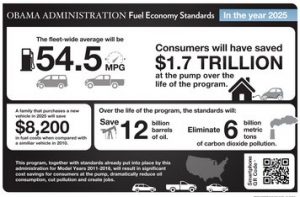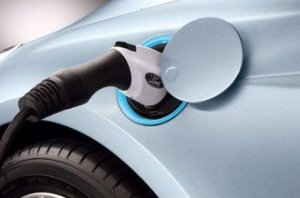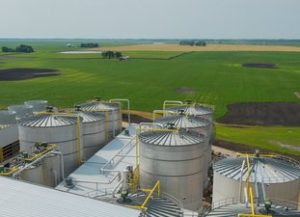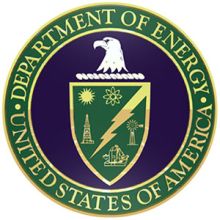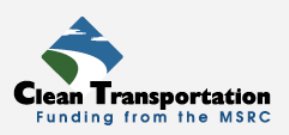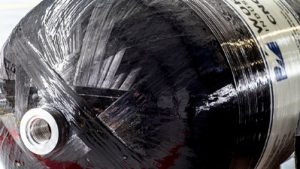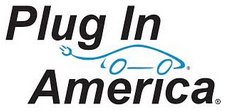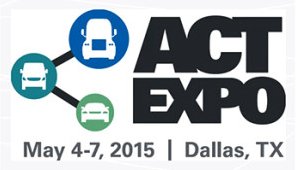by Jon LeSage, editor and publisher, Green Auto Market
Here’s my take on the 10 most significant and interesting occurrences during the past week…….
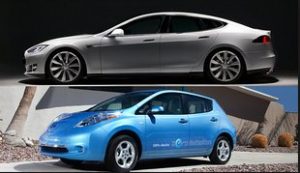 May sales: Plug-in hybrid and battery electric vehicles saw the start of a seasonal pattern – up for May, the first month of a strong selling period that usually extends through August. Electric vehicles saw increases over April – plug-in hybrids increased 21.1% and battery electric vehicles are up 16.9%. The Nissan Leaf, number two behind the Tesla Model S, has now seen more than 80,000 units sold in the US since its launch. The Leaf had 2,104 units sold in May and the Model S had 2,300 units sold. Sales are down about a third from a year ago for the Leaf, and trouble lies ahead when the Georgia tax credit ends after July 1.The Chevrolet Volt saw an improvement in sales – at 1,618 it was the best monthly sales figure since August. The Toyota Prius Plug-in Hybrid has been seeing a similar pattern – sales have been down in recent months with the revamped 2016 model coming out soon. Like the Volt, the Prius Plug-in had better results during May. At 727 units sold, it was the best sales month since August.
May sales: Plug-in hybrid and battery electric vehicles saw the start of a seasonal pattern – up for May, the first month of a strong selling period that usually extends through August. Electric vehicles saw increases over April – plug-in hybrids increased 21.1% and battery electric vehicles are up 16.9%. The Nissan Leaf, number two behind the Tesla Model S, has now seen more than 80,000 units sold in the US since its launch. The Leaf had 2,104 units sold in May and the Model S had 2,300 units sold. Sales are down about a third from a year ago for the Leaf, and trouble lies ahead when the Georgia tax credit ends after July 1.The Chevrolet Volt saw an improvement in sales – at 1,618 it was the best monthly sales figure since August. The Toyota Prius Plug-in Hybrid has been seeing a similar pattern – sales have been down in recent months with the revamped 2016 model coming out soon. Like the Volt, the Prius Plug-in had better results during May. At 727 units sold, it was the best sales month since August.- EV incentives dwindling: Electric vehicle (EV) incentive programs are going away in two states, while other states are limiting funding for these programs in a climate of state budgetary restrictions. Automakers will also be facing federal tax incentives drying once they pass 200,000 units sold point for that EV. Georgia’s tax credit of up to $5,000 will end on July 1; owners of noncommercial EVs in the state face an annual license fee of $200, while owners of commercial EVs will pay $300. For Illinois, state legislators indefinitely suspended its rebate program that had provided up to $4,000 on alternative fuel vehicles including EVs; that program had given out $14 million in incentives since 1998. Last month, Connecticut started a rebate program from up to $3,000 on the purchase or lease of an eligible EV; however, only $1 million was set aside for this program, which means it may not last very long.
- CAFE up in May: The average fuel economy of new vehicles sold in May went up quite a bit – 0.3 mpg over the previous month, according to the University of Michigan’s Transportation Research Institute. For light-duty vehicles sold in the US during May, the average window-sticker value of new cars, crossovers, pickups, SUVs, and vans sold that month as 25.5 mpg – up from 25.2 in April. The increasing price of gasoline had something to do with it, according to Transportation Research Institute researcher Michael Sivak; dropping gas prices also influence fuel economy dropping in previous months. (See this week’s feature article for more analysis of hitting the 54.5 mpg target by 2025.)
- NGVs coming back: Falling gasoline and diesel prices may have softened demand for natural gas vehicles, but that’s likely to turn around, according to a new study by IHS. The study, LNG in Transportation: Challenging Oil’s Gripsays that use of natural gas as a transportation fuel could displace more than 1.5 million barrels per day (mbd) of oil demand by 2030. The study says that it’s often more economic for truck fleets to switch to alternative fuel sources. Truck fleets have a relatively quick turnover which could lead to faster adoption of new technology. A combination of drivers – environmental, technological and commercial – will drive greater adoption of natural gas in transport, according to the IHS study.
- Some dealers support Tesla: Executives at publicly traded dealer groups are “quietly supporting Elon Musk,” according analysts at Morgan Stanley about the Tesla Motors chief executive. Publicly traded dealers, which were not named in the report, said they would be delighted with deregulation, which would even help their business. Morgan Stanley analysts see the “Tesla vs. dealers” battle as the first of many legal challenges to existing state franchise laws; after numerous discussions with dealers, carmakers, and fleet managers on this topic, they wouldn’t be surprised to see today’s 10,000-plus dealer groups scaled down to as few as tens of dealer groups in the future.
- Charging for fleets: Car Charging Group, Inc., has launched a new feature for fleet customers utilizing Blink EV chargers and Blink Network, software that operates, monitors, and tracks the Blink stations and all of its charging data. The company solicited feedback from fleet managers when creating the product and found that requiring drivers to enter odometer data before charging their plug-in electric vehicle was a control that needed to be put in place.
- India facing severe air pollution: While China’s megacities have been taking the rap for severe air pollution, India is facing far worse air quality. New Dehli, India, is facing air pollution that’s twice the level of what’s being found in Beijing, according to the World Health Organization (WHO). Nearly half of that city’s 4.4 million school children already have irreversible lung damage from air pollution, according to the WHO study.
- San Diego may see more charging: San Diego Gas & Electric is working with a group of automakers, labor representatives, environmentalists, and service providers on the utility’s proposal to substantially increase its local electric-vehicle infrastructure and incentives. The program calls for SDG&E to install charging stations for electric vehicles at up to 550 sites throughout its service territory and offer special rates to encourage use at times that are optimal for power-grid efficiency. Agencies signing on in support of the pilot effort include the Natural Resources Defense Council, Environmental Defense Fund, Sierra Club, California Coalition of Utility Employees, Greenlining Institute, ChargePoint Inc., NRG EV Services LLC, Smart Grid Services Siemens AG, Plug in America, GM, Honda, Alliance of Automobile Manufacturers, KN Grid, CALSTART, the Center for Sustainable Energy, and the Green Power Institute. The California Public Utilities Commission is expected to rule on the proposal sometime this year.
- Panasonic moves forward on Gigafactory: Panasonic Corp. will be sending hundreds of its employees to Tesla Motor’s Gigafactory in Nevada starting this fall, as preparation for lithium-ion battery production moves forward for startup next year. Yoshio Ito, head of Panasonic’s automotive and industrial systems (AIS) division, said the company plans to invest around $478 million this fiscal year in the Gigafactory and the company’s joint development project with Spanish auto parts maker Ficosa International SA, which specializes in advanced driver assistance systems featuring blind spot detection and assisted parking.
- Sending power back to grid: Electric vehicles with excess power stored under their hoods are a good source of electricity to send back to the local grid, according to Japanese auto executives. These company leaders are part of the movement supporting the CHAdeMO charging standard who think electric vehicles can be a good energy source for building, external batteries, and appliances. The strategy was unveiled during the annual meeting of companies backing CHAdeMO, a high-speed direct-current charging protocol for EVs and plug-in vehicles – and a target for competition by automakers in the US and Europe adopting SAE standards instead of CHAdeMO. “I think that’s how CHAdeMO can expand,” said Toshiyuki Shiga, CHAdeMO Association president and vice president of Nissan.




